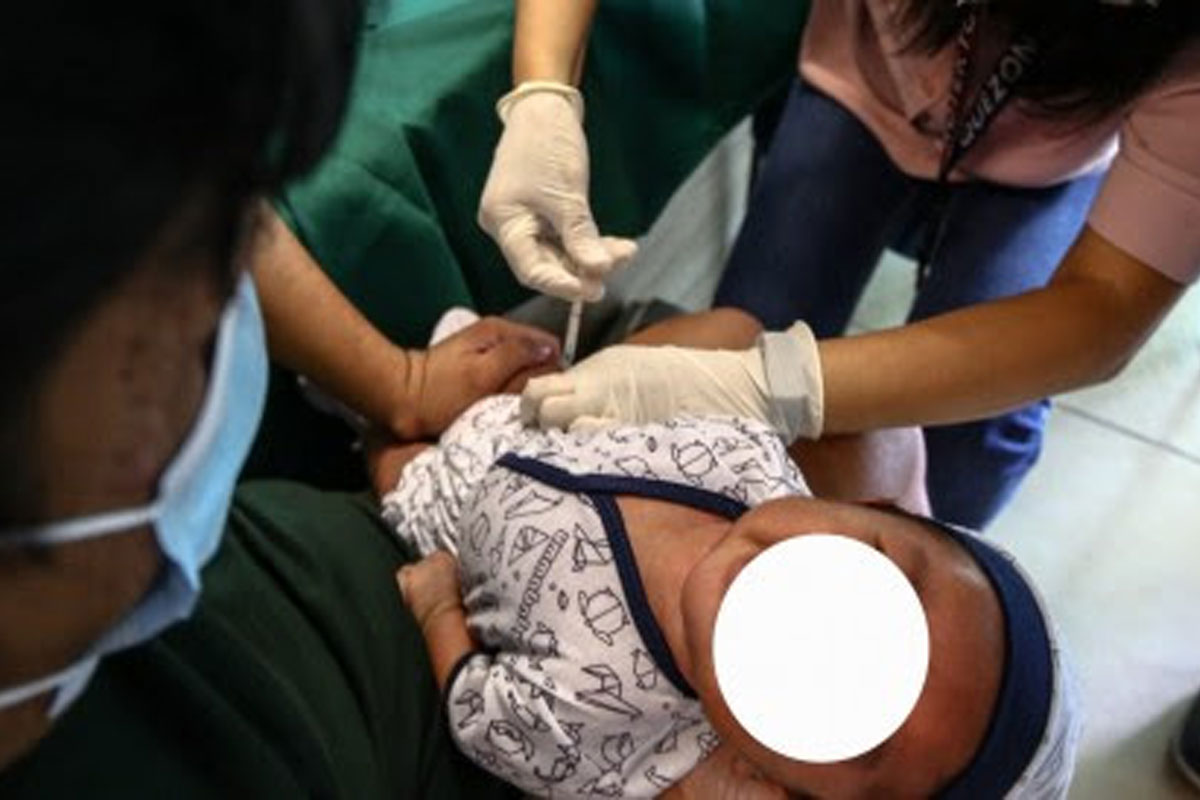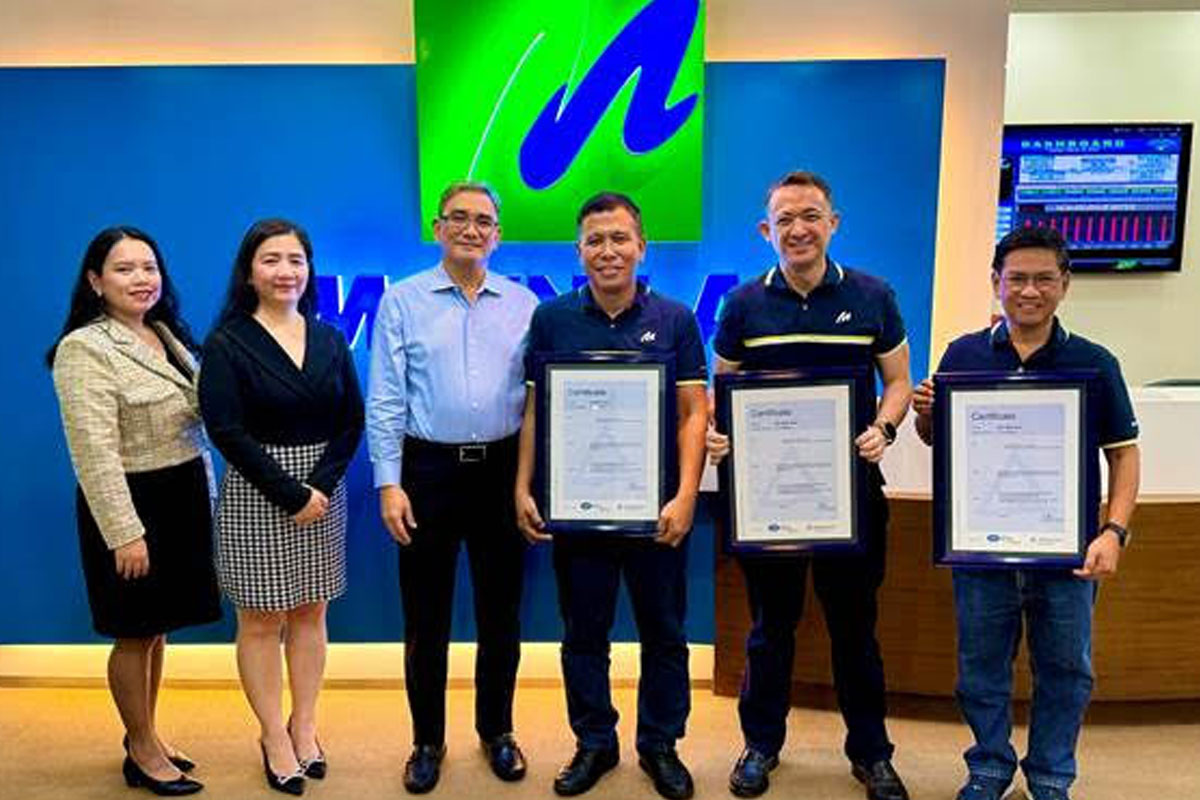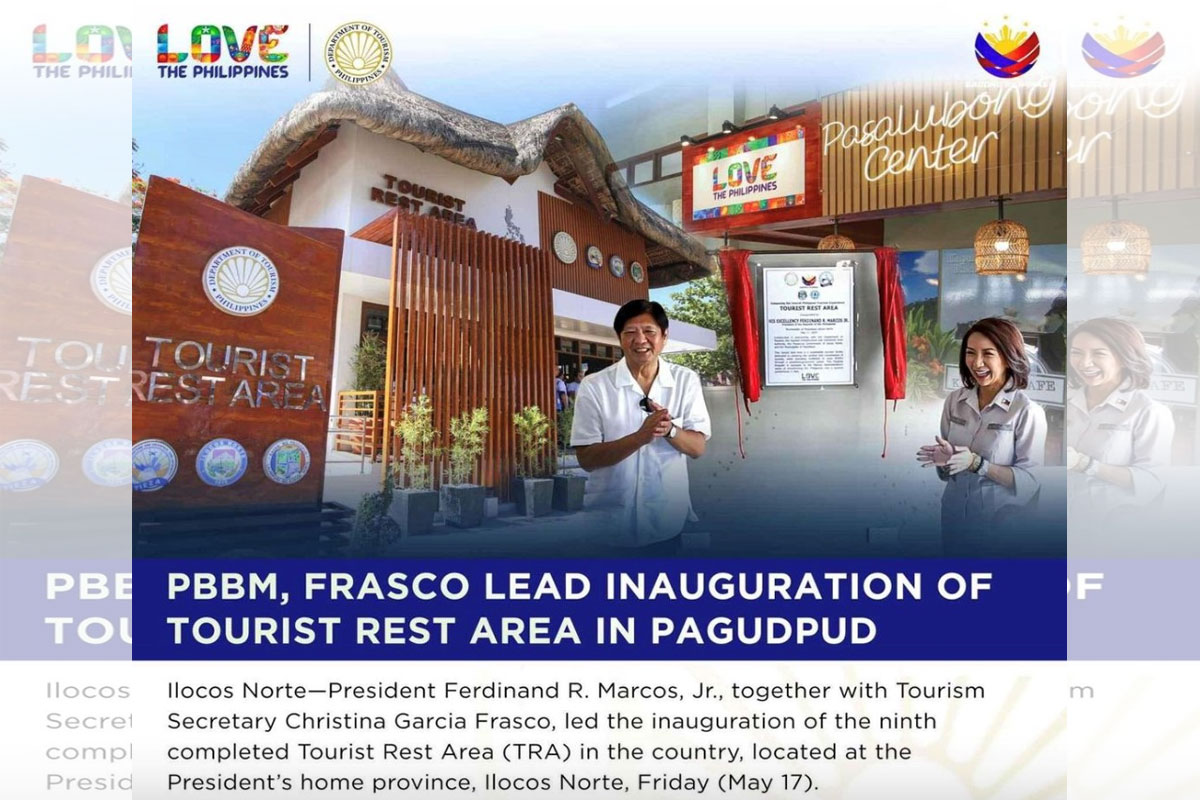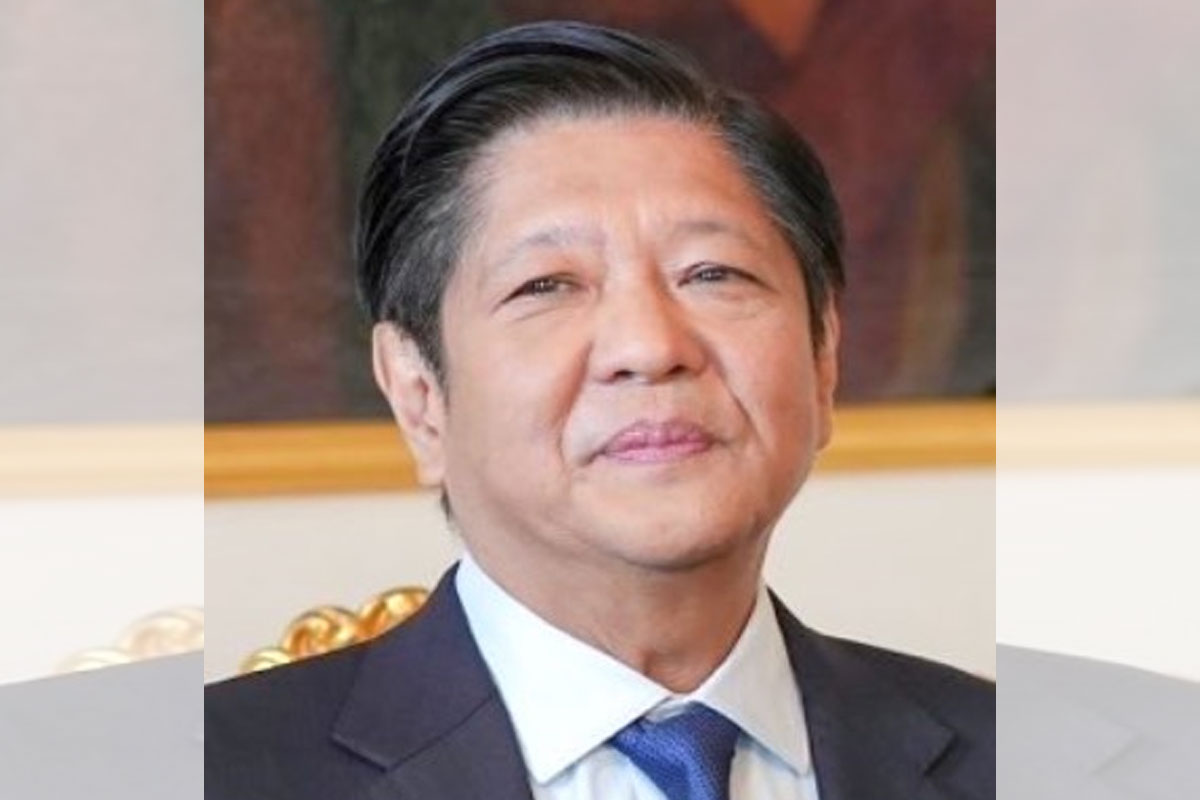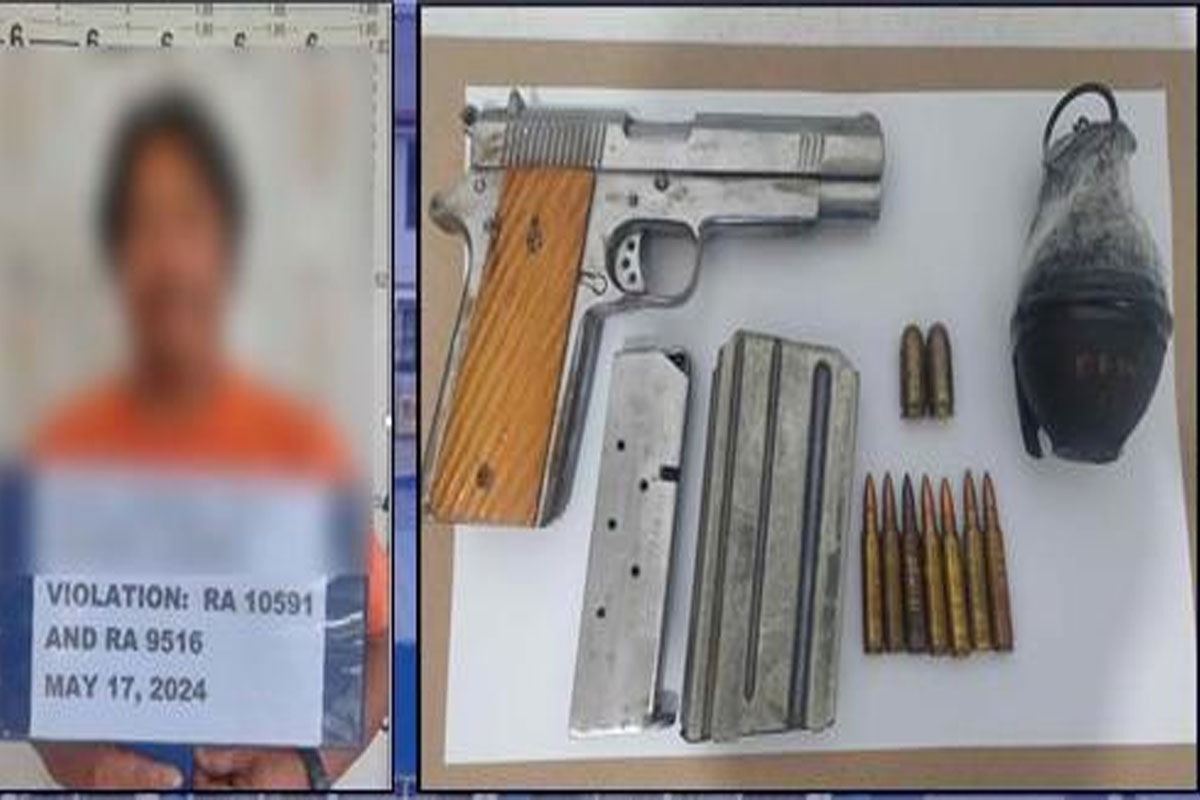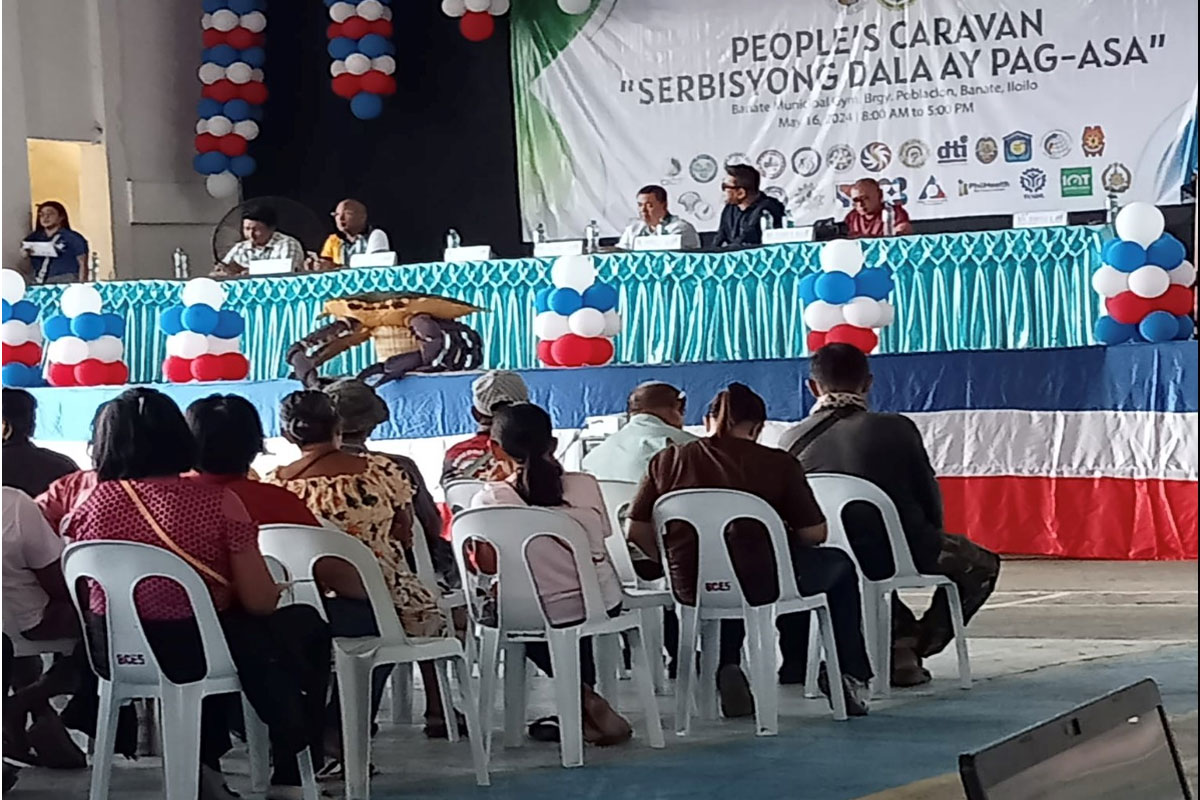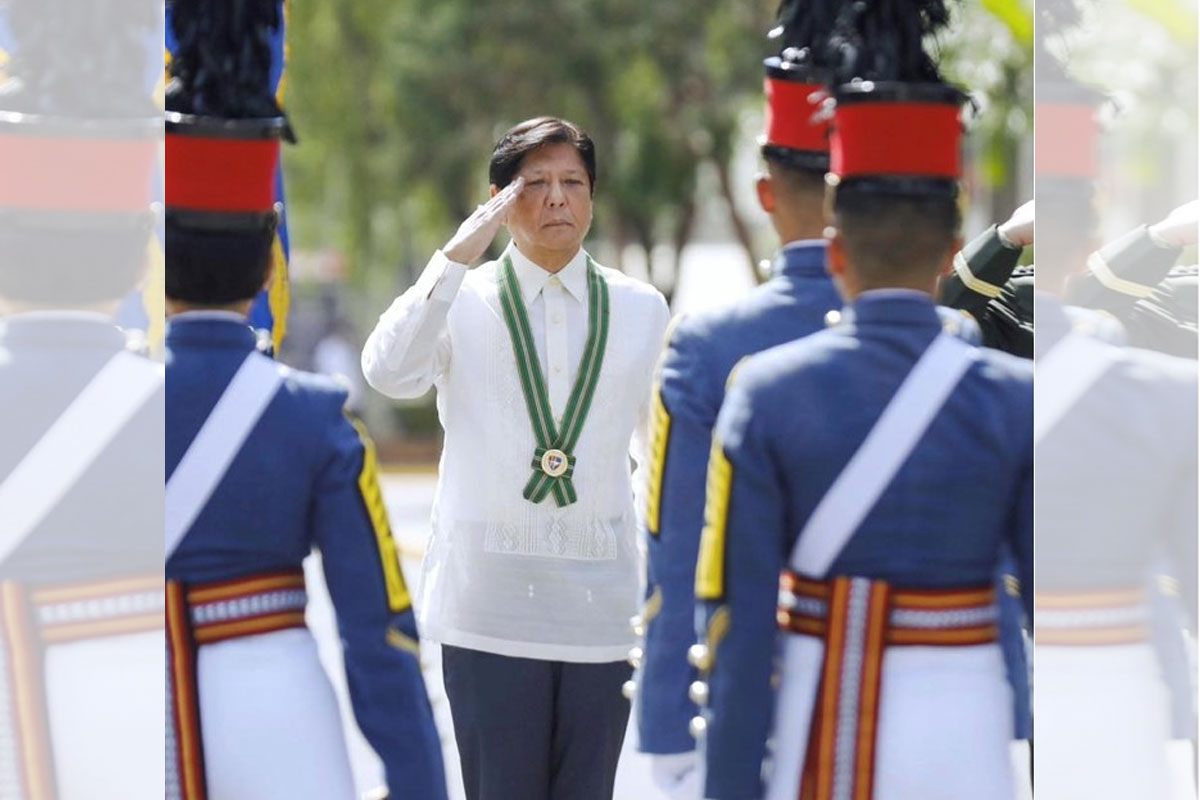
LRay sees planting hybrid seeds as Masagana 99 ‘revival’
CAMARINES Sur Representative and National Unity Party (NUP) president LRay Villafuerte has proposed that the Department of Agriculture (DA)’s strategy to plant higher-yielding hybrid seeds in 1.5 million hectares (ha) of land this dry season be anchored on the revival of the “Masagana 99” program.
The Masagana 99 was the highly successful intensified production program that enabled the government in the 1970s to beat a nationwide supply shortage and even export the staple later during the incumbency of the late President Ferdinand E. Marcos Sr.
Villafuerte said that much higher “palay” yields via a revived Masagana program would significantly boost the market supply of rice, leading to the cheaper retail cost of this staple that could help President Ferdinand “Bongbong” R. Marcos Jr. attain his goal of pulling down the price of rice to as low as P20 a kilo.
He said, “The DA’s new strategy to significantly boost palay yields and meet President Marcos’ goal of attaining rice self-sufficiency in two years’ time should clear the way to the revival of the Masagana 99 program, which our Chief Executive’s father launched in 1973 to address a then-nationwide rice shortage.”
However, with the average yield of big producers like China at about 6.5 metric tons (MT) per ha, he said, “the target of the proposed Masagana redux is to produce at least 129 cavans a hectare instead of 99 cavans.”
“Higher palay yields will boost [the] domestic supply of the staple, eventually pulling down its market rate to possibly as low as P20 a kilo as hoped for by the President,” Villafuerte said.
President Marcos Jr. reiterated his goal to make rice more affordable for Filipinos by eventually slashing its per-kilo price in the market to P20 during his March 16 visit to Pili, Camarines Sur where he launched a “Kadiwa ng Pangulo” center, the first such retail outlet in Bicol.
There are now over 500 Kadiwa outlets nationwide that sell cheaper basic goods, including rice at P25 a kilo, and at the same time provide direct market access to local farmers and producers.
“Makikita ninyo, halimbawa ‘yung bigas, ‘yung aking pangarap na sinabi na noong bago akong upo na sana mapababa natin ang presyo ng bigas ng P20. Hindi pa tayo umaabot doon, dahan-dahan palapit. Nasa P25 na tayo. Kaunti na lang, maibababa natin ‘yan,” President Marcos Jr. said in CamSur.
Built on the provision of high-yielding variety (HYV) sees, cheap fertilizers, and pesticides along with subsidized, collateral-free loans to let farmers acquire their production inputs to raise their output from the then-average of 40 cavans per hectare to 99 cavans, Masagana 99 enabled the country to become rice self-sufficient by 1975 and to even export the crop over the 1977-1978 period, according to Villafuerte.
Masagana 99 managed to achieve that by promoting the use of the high-yielding “miracle rice” variety developed by the International Rice Research Institute (IRRI) headquartered in Los Baños, Laguna.
“But given last month’s decision by President and concurrent DA Secretary Marcos to adopt higher-yielding hybrid seeds as a better option to the certified or inbred varieties now being used for palay production, the government’s goal of self-sufficiency after two years could be attained should a Masagana redux program target a production yield of at least 129 cavans each hectare, which is almost the average of the world’s largest producer China,” Villafuerte said.
On Villafuerte’s watch as three-term Camarines Sur governor, the province – according to the Bureau of Agricultural Statistics (BAS) – became the country’s 12th biggest rice producer in 2008 and a higher No. 8 in 2011. CamSur went up to no. 4 rice producer in 2016.
Villafuerte said that, “To ensure an even better Masagana program this time around, “the DA should work on crafting a supervised credit program that would be affordable for the would-be farmer-beneficiaries and, at the same time, be sustainable for both the government and the new program’s creditor-institutions.”
“The DA should consider as among the funding sources for the Masagana 129 program the P10-billion RCEF (Rice Competitiveness Enhancement Fund), which was set up by the Rice Tariffication Law (RTL) to financially help our palay growers sharpen their global competitiveness following the deregulation of rice imports,” he said.
He was referring to the RTL or Republic Act (RA) 11203 that was signed by then-President Rodrigo Duterte in 2019 to replace the quantitative import restrictions on rice with customs or import duties, of which P10 billion annually of the subsequent earnings are to go to the RCEF – 50% for farm equipment like tractors, threshers, harvesters, and irrigation pumps; 30% for rice seeds; 10% for a low-interest credit assistance program; and 10% for rural extension services such as training on modern farming techniques and farm mechanization.






